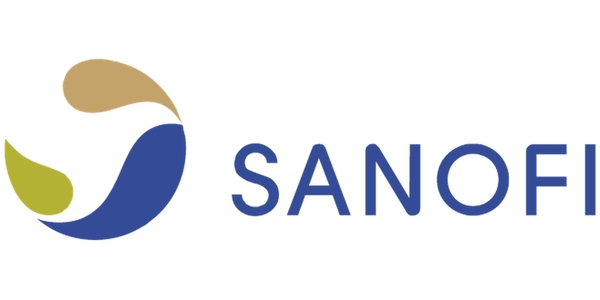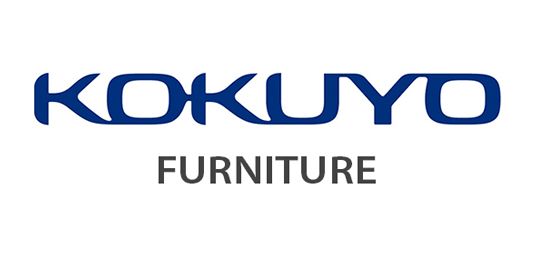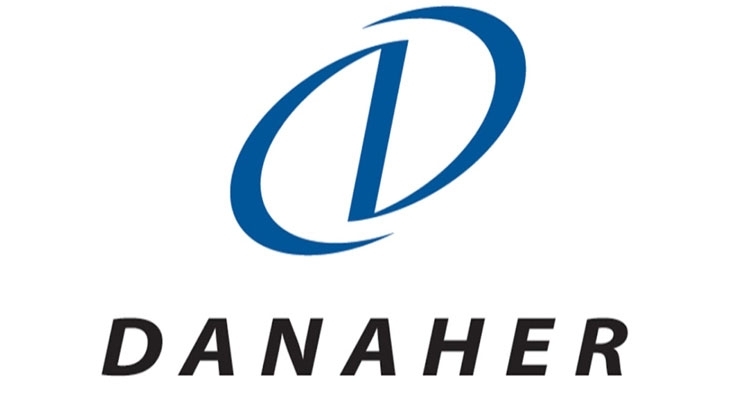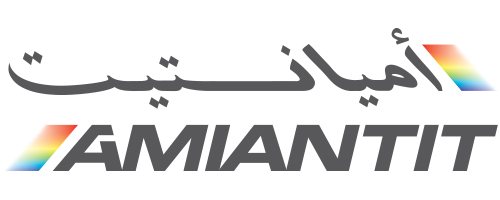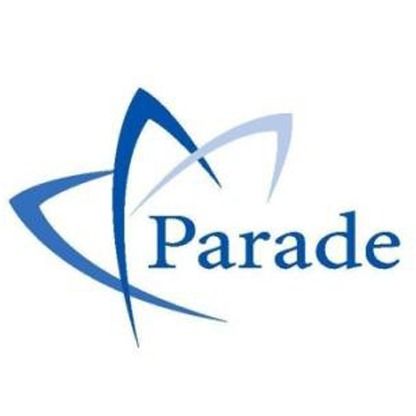Multiple System Atrophy Market : Global Size, Share, Trends, Growth and Forecast Year ( 2023 – 2032 )
Multiple system atrophy market Insights
Multiple system atrophy (MSA) is relatively a rare, progressive neurodegenerative disorder which usually affects movement, autonomic functions, and balance of the body. Currently there is no cure for MSA, and treatment options are very limited to manage symptoms. The global MSA market is likely to grow proportionally to the rise in the patient population and as new treatments are developed. The market also faces challenges such as lack of awareness, diagnostic difficulties and limited treatment options.
The Multiple System Atrophy market is likely to reach a valuation of USD 211.1 million by 2033 end with a CAGR of 4.4% over the forecast year of ( 2023 – 2032 ).
Multiple system atrophy market Disease Understanding and Treatment Algorithm
Mulitple system atrophy (MSA) is a rare neurodegenerative disorder which is a combination of symptoms that affect, body balance, movement, and autonomic functions. The symptoms of MSA may vary from patient to patient, depending on the specific systems that gets affected, which includes coordination, tremors, stiffness, and difficulty with speech and swallowing.
The root of MSA is still undiscovered, but it is a probable result of combination of genetic and environmental factors. There is no cure for MSA, and treatment options are primarily focused on managing symptoms.
The treatment algorithm for MSA typically includes the following steps:
- Early diagnosis: MSA can be difficult to diagnose, as its symptoms can resemble those of other conditions such as Parkinson's disease. An early diagnosis can help patients access appropriate care and management.
- Symptom management: Medications such as dopaminergic agonists ,amantadine, and anticholinergics can be used to help manage symptoms like stiffness, tremors, and difficulty with speech and swallowing.
- Physical therapy: Physical therapy can help improve mobility, balance, and coordination.
- Speech therapy: Speech therapy can help improve speech and swallowing abilities.
- Occupational therapy: Occupational therapy can help patients with MSA adapt to the changes in their physical abilities and maintain their independence.
- Palliative care: As the disease advances, palliative care needs to be ensured by the health care provider to ensure that the patients are comfortable and their symptoms are managed properly.
- Clinical trial: As no cure is currently available, patients with MSA can opt for clinical trial for new treatment options.
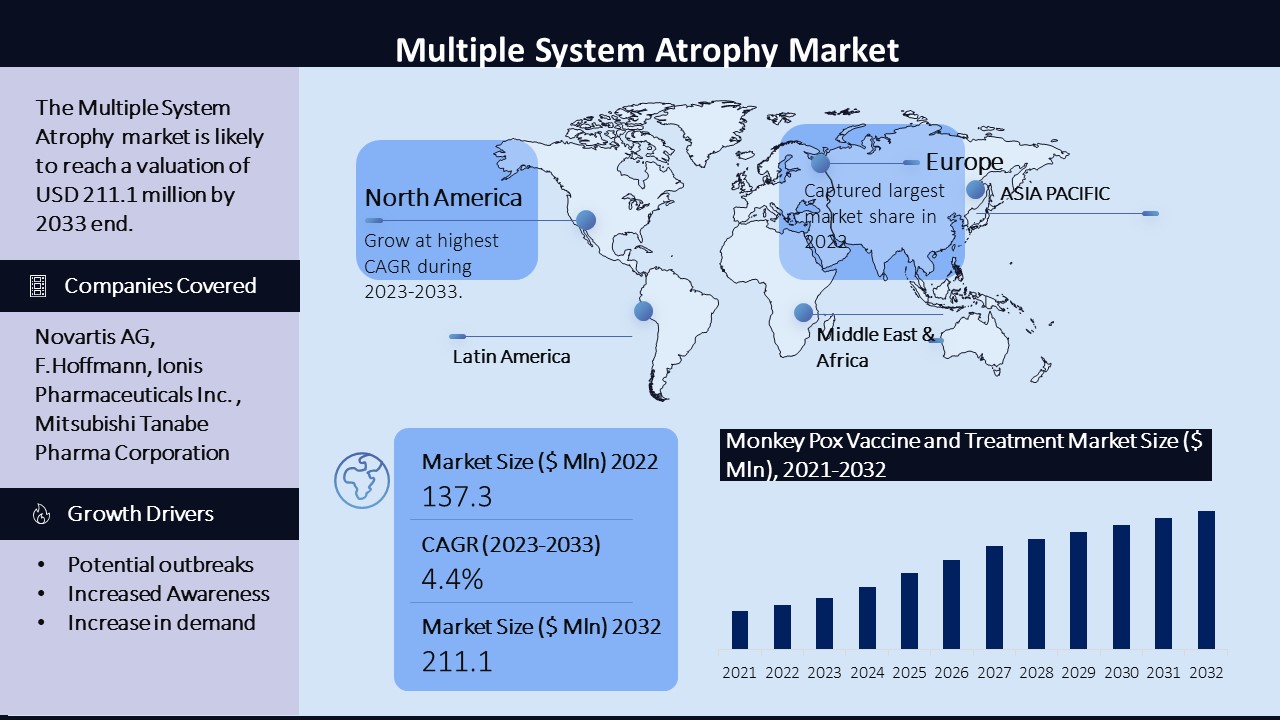
Multiple system atrophy Key findings
Multiple system atrophy (MSA) is relatively a rare, progressive neurodegenerative disorder which usually affects movement, autonomic functions, and balance of the body. Few key findings about MSA consist of:
- Prevalence: MSA is a rare disorder, the number of MSA is estimated as 2-4 cases per 100000 people.
- Symptoms: The symptoms of MSA can vary depending on the specific systems that are affected, and can include problems with coordination, tremors, stiffness, and difficulty with speech and swallowing.
- Cause: The exact cause of MSA is not discovered, but it is thought to be a result of a combination of genetic and environmental factors.
- Diagnosis: MSA can be difficult to diagnose, as its symptoms can resemble those of other conditions such as Parkinson's disease.
- Treatment: There is no cure for MSA, and treatment options are primarily focused on managing symptoms. Few methods can be used to help in managing symptoms which are medications, physical therapy, speech therapy, palliative care, and occupational therapy.
- Prognosis: MSA is a progressive disorder and the disease will get worse over time. The average survival time is around 5 to 10 years.
- Research: There is ongoing research to better understand the causes and potential treatments for MSA. New treatments are under development and clinical trial, but none have yet been approved
Multiple system atrophy emerging drugs
Multiple system atrophy (MSA) is relatively a rare, progressive neurodegenerative disorder which usually affects movement, autonomic functions, and balance of the body. Currently there is no cure for MSA, and treatment options are very limited to manage symptoms. Though there are a lot of new drugs which are currently under development. Few of them include:
- Ralfinamide: This drug is a sodium channel blocker which have positive effects on symptoms such as stiffness and tremors in preclinical and early-stage clinical trials for MSA.
- PEGylated uricase: PEGylated uricase is a type of enzyme which helps in the breakdown of uric acid, which is found to be very much elevated in the patients with MSA.
- Siponimod: Siponimod is an oral drug that selectively modulates sphingosine-1-phosphate receptors and is under phase 2 clinical trial for MSA.
- Risdiplam: Risdiplam is a drug that targets the genetic cause of spinal muscular atrophy, it is under phase 3 clinical trial for MSA.
- Other potential therapies: Other potential therapies for MSA under investigation include stem cell therapy, gene therapy, and neuroprotective agents
Multiple system atrophy (MSA) is relatively a rare, progressive neurodegenerative disorder which usually affects movement, autonomic functions, and balance of the body.
The global MSA market is likely to grow proportionally to the rise in the patient population and as new treatments are developed. Some of the driving factors for the MSA market include:
- Increasing incidence of MSA: As the population ages, the incidence of MSA is expected to increase, leading to a higher demand for treatments.
- Lack of effective treatments: Currently, there is no cure for MSA, and treatment options are limited to managing symptoms. This lack of effective treatments is driving the market for new therapies
- Developments in technology and research: The progress and new advancements in technology and research are helping to increasing in understanding of the underlying causes of MSA, which will likely to help in the development of new treatments .
- Growing interest of pharmaceutical companies: Pharmaceutical companies are showing interest in developing new treatments for MSA, which is driving the market for new therapies.
- Government and Private funding: Government and private funding for MSA research and development is increasing, which is expected to further drive the market.
- Rising awareness: With increased awareness of MSA, more patients are likely to be diagnosed, which will increase the demand for treatments.
Multiple system atrophy market challenges
Multiple system atrophy (MSA) is relatively a rare, progressive neurodegenerative disorder which usually affects movement, autonomic functions, and balance of the body. The market for MSA treatments is facing several challenges, including:
- Lack of awareness: MSA is a rare disorder about which people are not aware of it. Hence the lack of awareness makes it difficult to diagnose which eventually leads to delay of treatment.
- Diagnostic difficulties: MSA can be difficult to diagnose, as its symptoms can resemble those of other conditions such as Parkinson's disease. This eventually leads to wrong diagnosis and delay in proper treatment,
- Limited treatment options: Currently, there is no cure for MSA, and treatment options are limited to managing symptoms. This lack of effective treatments is a major challenge for the market.
- High cost of treatments: Some of the treatments for MSA can be expensive and may not be covered by insurance, which can make it difficult for patients to access them.
- Lack of well-designed clinical trial: There are limited clinical trial that are well designed for MSA, which makes it difficult to establish the efficacy of new treatments.
- Regulatory challenges: The process of getting new treatment approved by regulatory agencies can be lengthy and costly, becomes a challenge for companies to develop new treatments for MSA.
- Limited patient population: Due to the rarity of the disease, the patient population is limited and it will be difficult to generate sufficient revenue from the sales of the drug which is a restraining factor for the market growth.
Multiple system atrophy market regional synopsis
With the help of regional analysis, the MSA market can be segmented into North America, Asia, Europe, Latin America, Middle East, Africa, and Asia Pacific.
- North America is likely to dominate the MSA market due to the high prevalence of the disease, increasing awareness and early diagnosis, availability of reimbursement and high healthcare expenditure.
- Europe is also expected to have a significant share in the MSA market due to the presence of a large patient population and favorable reimbursement policies.
- Asia Pacific is expected to grow at a significant rate due to the increasing prevalence of MSA and the presence of a large patient population. Moreover, the region has a rapidly growing healthcare sector and increasing government funding for healthcare research.
- In Latin America and Middle East and Africa, the MSA market is expected to grow at a moderate rate due to the limited awareness of the disease and poor healthcare infrastructure in these regions.
Multiple system atrophy market Key Companies
The global market for MSA treatments is a relatively small market and there are not many key players in the market. However, some of the key players in the market include:
- Novartis AG: Novartis is developing siponimod for the treatment of MSA, the drug is currently in phase 2 clinical trial.
- Roche Holding AG: Roche is developing Risdiplam for the treatment of MSA, the drug is currently in phase 3 clinical trial.
- F. Hoffmann-La Roche Ltd: Roche is developing RG7935, an oral drug that selectively modulates sphingosine-1-phosphate receptors, for the treatment of MSA, the drug is currently in phase 2b clinical trial.
- Ionis Pharmaceuticals Inc: Ionis is developing IONIS-SOD1Rx a drug that targets the genetic cause of MSA, the drug is currently in preclinical stage.
- Mitsubishi Tanabe Pharma Corporation: Mitsubishi Tanabe is developing Edaravone a drug that has been approved for the treatment of Amyotrophic lateral sclerosis (ALS) and is being investigated for the treatment of MSA.
There are also several smaller companies and academic institutions that are involved in the research and development of new treatments for MSA.
It's important to notice that these manufacturers are still in the early stages of development of the MSA drug and have not been approved by regulatory agencies for use in the treatment of MSA and for that the market is under progressing research and development, and new manufacturers are likely to join the market in the future.

Need Customized Report for Your Business ?
Utilize the Power of Customized Research Aligned with Your Business Goals
Request for Customized Report- Quick Contact -
- ISO Certified Logo -



